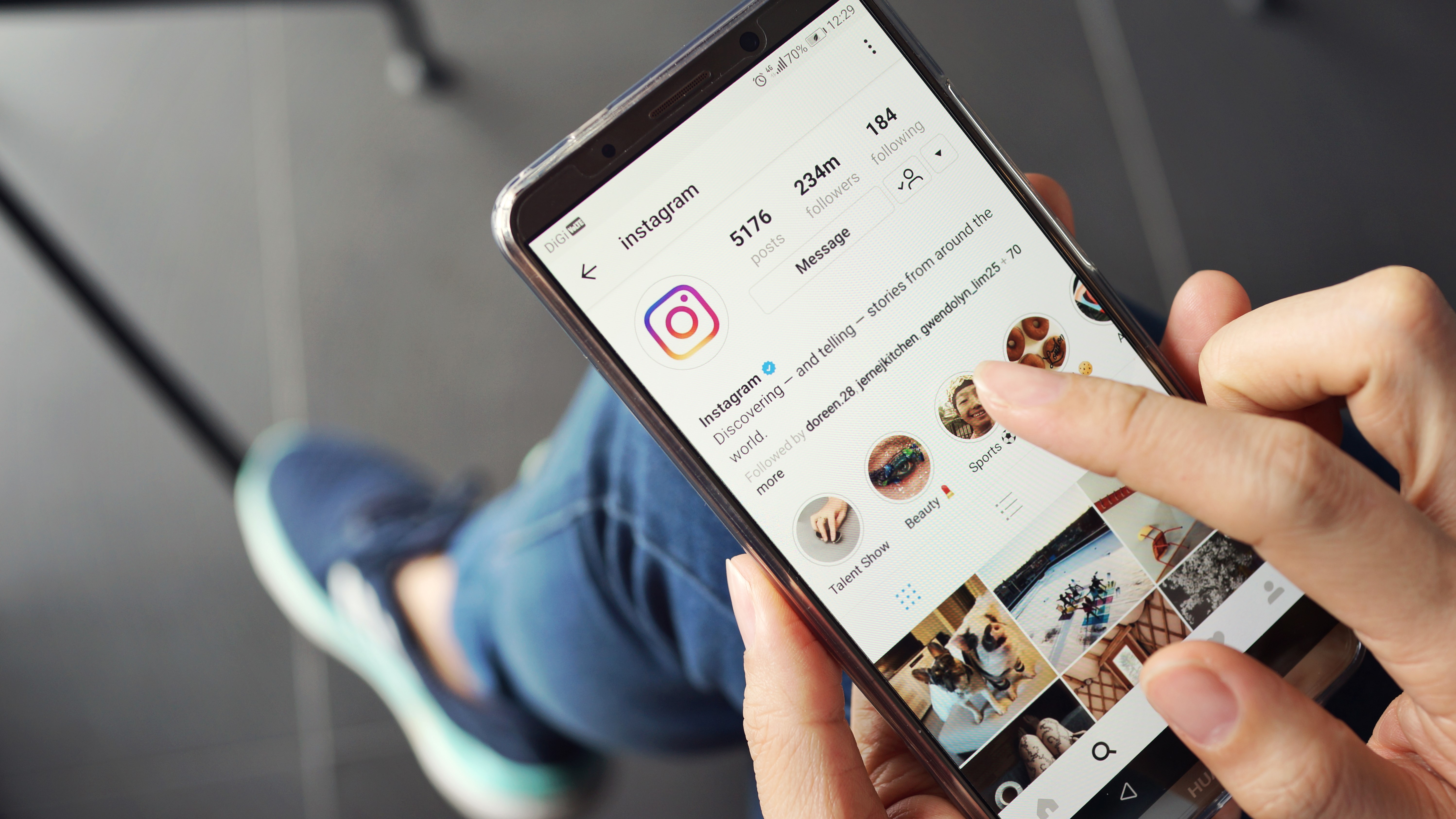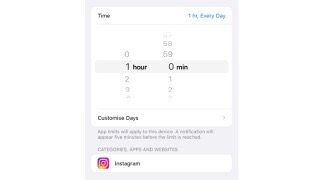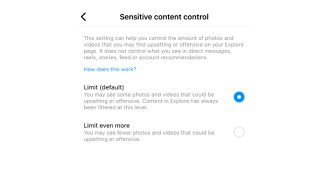How to stop Instagram from ruining your mental health
Make Instagram healthier with these tips and tools

It’s official: Facebook knows that Instagram, which it owns, is bad for your brain. In a presentation posted to Facebook’s internal message board in 2020 and leaked by Facebook whistleblower Frances Haugen, Instagram researchers noted that “32% of teen girls said that when they felt bad about their bodies, Instagram made them feel worse.” In a slide dated 2019, the researchers reported that “We make body image issues worse for one in three teen girls.”
According to Haugen, “The choices being made inside of Facebook are disastrous for our children, for our public safety, for privacy and for our democracy.”
As you’d expect, Facebook and Instagram deny the allegations. But there’s tons of evidence that Instagram isn’t great for everybody. So what can we do about it?
Instagram and self-esteem
Before we look at the tools we can use, it’s important to understand why we may need to curate our feeds more carefully. According to Instagram’s own research, “aspects of Instagram exacerbate each other to create a perfect storm”. Those aspects are the addictiveness of the app, the pressure to show only your best moments and the focus on beauty.
Social media such as Instagram encourages us to post heavily edited versions of ourselves and our lives, and to compare ourselves to other people who are doing the same: it’s all about the likes. Some of the most popular content features very beautiful people in very beautiful places doing very beautiful things. When we compare our real lives to their airbrushed, professionally lit, professionally styled, carefully photographed ones, because that’s what people do, that can have a significant effect on our self-esteem.
In a 2018 study of teenagers’ social media habits, 43% said they felt pressure to post only things that made them look good; 37% felt pressure to share things that will get a lot of likes or comments. A 2020 study of social media use among teenagers found that “social media was very robustly related to increases in depressive symptoms” in a way video games and other screen-based activities weren’t.
Tools to make Instagram a better place
There are three key ways you can make Instagram a healthier place to hang out. You can use tools to restrict your use of the app, for example by limiting it to certain times or ensuring you don’t stay on it for hours. You can be more choosy about who you follow, although of course that doesn’t stop you seeing the ads or recommended follows. And you can use tools inside the Instagram to get more control over what you see.
Get daily insight, inspiration and deals in your inbox
Sign up for breaking news, reviews, opinion, top tech deals, and more.
Spend less time looking
Apple and Android phones and tablets have excellent tools for limiting screen time. In iOS you’ll find them in Settings > Screen Time > App Limits, and in Android they’re in Settings > Digital Wellbeing & Parental Controls. You can then set daily limits for your app, so for example you might want to limit access to one hour a day. For parents you can also use these features to set limits on your kids’ devices; on Android, you do that through the Family Link app.

Make Instagram a nicer place
There are lots of features inside the Instagram app itself that you can use to change how the app works for you. They’re spread over multiple sections of the Settings page, which you can access from your Profile.
If you go into Settings > Privacy, you can use the Hidden Words section to block potentially offensive or triggering content; in Settings > Privacy > Posts you can disable Like and View counts, and limit who can tag you or message you.
You can also control what content you see. Go into Settings > Notifications and you can disable notifications of live videos (but not auto-play; there isn’t a setting in the app for that) and change your advertising preferences too. That won’t reduce the number of ads you see, but you can ask Instagram to show you fewer ads about specific topics.

Banish the bad stuff
You should definitely check out Settings > Account > Sensitive Content Control. This enables you to increase the strength of Instagram’s sensitive content filter, which has three settings (two if you’re under 18: there’s no Allow option for you): Allow, Limit and Limit Even More. Allow turns the filter off; Limit, the default setting, attempts to prevent you seeing content that may be upsetting or offensive; Limit Even More is more aggressive.
If you’re wondering what sort of content Instagram means by 'upsetting or offensive', it’s content that doesn’t breach the community guidelines but may be inappropriate for you: sexually explicit or suggestive content, content depicting violence, content depicting or promoting cosmetic surgery, and content trying to sell health-related products such as weight loss supplements.

Trust no one
OK, that’s a bit harsh. But when it comes to Insta influencers, it’s important to understand the difference between traditional celebrity and social media celebrity. We understand that Madonna doesn’t care about us or even know we exist. But on social media we can develop what’s called a parasocial relationship, which is when we start to feel that someone Insta-famous is our friend.
And that’s because they act like friends: they tell us about their bad hair days and their mental health problems, they take us into their confidence and show their vulnerable side. But they’re not our friends. They’re there to sell us stuff.

Marketers know that 'sadfishing' boosts engagement by up to 10 times, making us much easier to sell to. So while you’re watching the influencer, they’re working out how to sell you something. And that selling isn’t always honest: 122 of Instagram’s biggest UK stars have been named and shamed for breaking advertising rules by not declaring that they were being paid to promote things.
When the Advertising Standards Authority analyzed 224,000 UK influencers’ posts, it found that nearly a quarter of them were ads – but only 35% of those posts were clearly labelled as such. Unfortunately there’s nothing in Instagram’s Settings that can protect you from that.
- Find out how to enable Instagram dark mode
Writer, broadcaster, musician and kitchen gadget obsessive Carrie Marshall has been writing about tech since 1998, contributing sage advice and odd opinions to all kinds of magazines and websites as well as writing more than a dozen books. Her memoir, Carrie Kills A Man, is on sale now and her next book, about pop music, is out in 2025. She is the singer in Glaswegian rock band Unquiet Mind.
